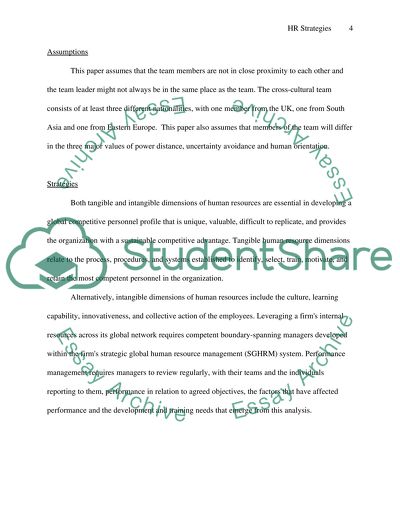Cite this document
(HR Strategies to Improve Leadership Behaviours of Team Leaders Assignment, n.d.)
HR Strategies to Improve Leadership Behaviours of Team Leaders Assignment. Retrieved from https://studentshare.org/human-resources/1521397-human-resource-management-history
HR Strategies to Improve Leadership Behaviours of Team Leaders Assignment. Retrieved from https://studentshare.org/human-resources/1521397-human-resource-management-history
(HR Strategies to Improve Leadership Behaviours of Team Leaders Assignment)
HR Strategies to Improve Leadership Behaviours of Team Leaders Assignment. https://studentshare.org/human-resources/1521397-human-resource-management-history.
HR Strategies to Improve Leadership Behaviours of Team Leaders Assignment. https://studentshare.org/human-resources/1521397-human-resource-management-history.
“HR Strategies to Improve Leadership Behaviours of Team Leaders Assignment”, n.d. https://studentshare.org/human-resources/1521397-human-resource-management-history.


